Fifty Years of the Trans-Canada Highway
Currently, two of TTAC’s regular writers are lumberjacks dirty communists Canadians: myself and Derek Kreindler. Today we celebrate our country’s one hundred and forty fifth year of being a sort of chillier, politer version of Australia.
I love Canada. It’s really… big. It’s big. Sure we discovered insulin and invented the pacemaker and created that game that’s a bit like hockey except there’s some baskets and a big orange thingy that you bounce around (can’t remember the name, tip of the tongue), but really, all true sons and daughters of the North are proud of one thing above all else: Canada’s the biggest country in the world. Apart from Russia, of course.
We do things big up here. We’ve got great big hairy bears; sprawling, desolate arctic wastes; vast, unchartable offices filled with incompetent bureaucrats; and huge tall trees – even your own Mitt Romney has remarked, “I love Canada, they got tons of trees up there.” Indeed we do: we’ve also got the longest highway in the entire world.
(Except for Russia, or course. And the Australians – but they cheated, the bloody convicts).
As I write these words, I am standing at the beginning (or the end) of the Trans-Canada Highway: mile zero at the foot of Douglas street where it joins Dallas road in a t-junction. Below, the Pacific laps gently at the cliffside shoreline; behaviour that befits its name, the peaceful ocean.
Eight thousand kilometres away lies the road’s terminus (or its beginning), the capital of Newfoundland, St. John’s. Let me just say that again: eight thousand kilometers. Seven time zones. All ten provinces.
If I was to jump in my car and drive day and night at an average constant speed of 100km/h – the nominal national speed limit – it would take me three and a half days without an hour’s sleep. And I’d still be in the same damn country!
Not that you’d notice. Roll into Newfoundland in a car with BC plates on it, and everyone will assume that you’re there to sell marijuana. Pull into Victoria in a car with Newfoundland tags and… well nothing much, I suppose. Someone will try to sell you marijuana and then not understand your weird accent, duuuuude.
It’s a glorious highway, crossing the majestic Rockies, the billiard-smooth and monotonously boring prairies, the lake-studded Canadian Shield, alongside the Great Lakes, through the national capital of Ottawa and then down through the close-clustered maritime provinces with their brightly coloured fishing villages and clusters of close-harmony coal miners.
This year, the Trans-Canada celebrates its fiftieth anniversary, meaning that you’ve been able to drive clear across this vast nation since the very first MGB hit the road. The road officially opened in September, amidst the towering peaks of the Rogers Pass in my home Province of BC. Prime Minister John Diefenbaker joined representatives from each of the ten provinces in declaring the road open for travel, which was a bit cheeky, considering that a full third of it remained gravel and dirt.
It took twenty full years to complete the Trans-Canada properly; it was fully paved by 1970 at a total pricetag of over a billion dollars, or approximately the cost of running our publicly funded medical system for 2.5 hours.
Mind you, the road was still bloody dangerous: dozens would die over the years as the result of icy weather, animal collisions, or just plain falling asleep at the wheel when driving through Saskatchewan, the rectangular-est province. Slow, incremental improvements have improved safety, but the responsibility for upgrades rests not with the federal government, but with each cash-strapped individual province.
More than a road, it’s a mountain. Any number of charitable causes have been supported by people attempting to cycle, run, walk or propel a wheelchair along its endless length. Perhaps the best-known journey is one that was never completed.
Terry Fox lost his leg to cancer at the age of nineteen. It would take his life in a New Westminister hospital bed at twenty-two. After diagnosis, amputation, and chemotherapy, he came up with the idea of running across the country to raise money for cancer research: his “Marathon of Hope”. A stubborn, hitching gait got him from St John’s to Thunder Bay, a distance of 5300 kilometres. He would have had four provinces and the Rockies still to conquer.
Today, Terry is a national hero, his legacy a lasting one. The road itself is just as important, an umbilicus that connects us all as we huddle against the 49th parallel for warmth.
Most of us will never drive the whole thing. It’s too daunting and onerous a task, compared with the relative ease of developing deep-vein thrombosis while entering the fifth hour of being parked on the tarmac in one of the fine aircraft operated by our national airline. The Rockies may be majestic, but the prairies will have you reaching for the fast-forward button, and then there’s the long drive back, unlike the Australians with their circular route.
Still, there at my feet is mile zero. The first step on a journey that would take me through the land that my immigrant parents chose for me. I’d see things, meet my fellow countrymen, explain to them that I wasn’t holding with an apologetic shrug.
Someday, I’ll make that trip. Not today though, there’s a Rita McNeil special on, eh?
More by Brendan McAleer
Latest Car Reviews
Read moreLatest Product Reviews
Read moreRecent Comments
- Oberkanone The alternative is a more expensive SUV. Yes, it will be missed.
- Ajla I did like this one.
- Zerofoo No, I won't miss this Chevrolet Malibu. It's a completely forgettable car. Who in their right mind would choose this over a V8 powered charger at the rental counter? Even the V6 charger is a far better drive.
- Offbeat Oddity Nope, I won't miss it. I loved the 2008-2012 Malibu, but the subsequent generations couldn't hold a candle to it. I think the Impala was much more compelling at the end.
- Zerofoo An almost 5000 pound hot hatch that fell out of the ugly tree and hit every branch on the way down? No thanks.




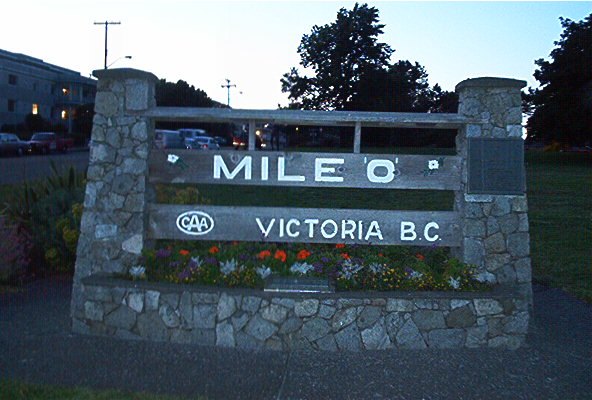
















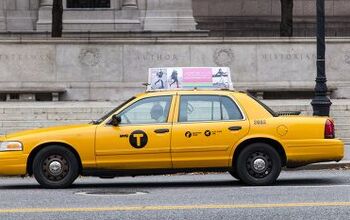
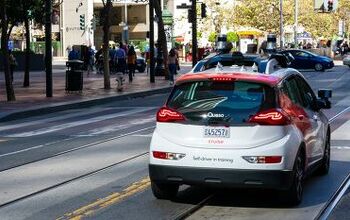

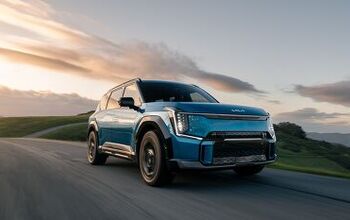

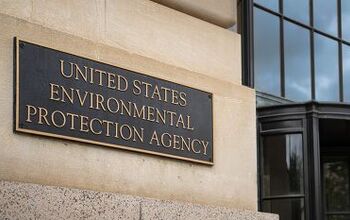
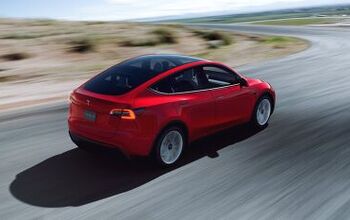
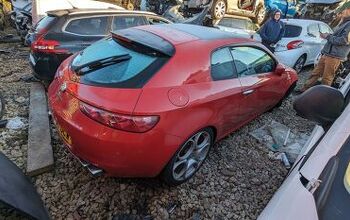

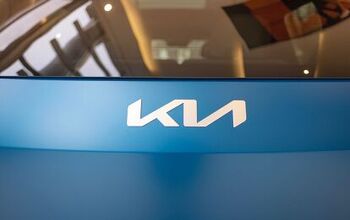
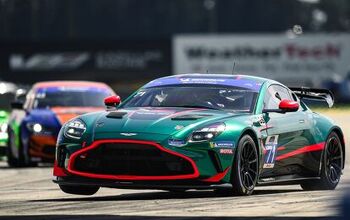
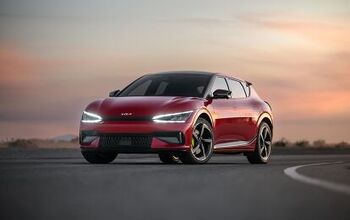

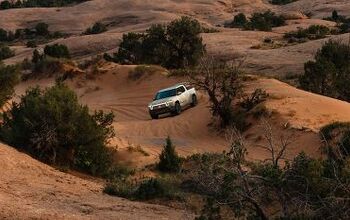

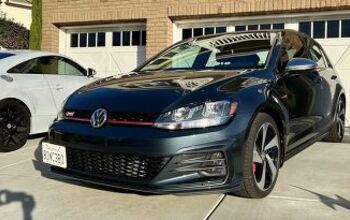
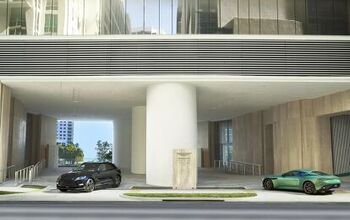

Comments
Join the conversation
I have lots of fun trying to get people to guess which country my suit was made in. Who knew that Canada had a clothing industry?
Brendon, I've spent most all my life south of US Interstate 10, and so most of this said life has been influenced more by US's southern neighbor than by the northern one. As such, I've never set foot in Canada, but after reading your Trans-Canadian Highway story here, now I want to. Decades ago, I knew a man who was a welder. He was a functionally illiterate gentleman who could not have read a word of what we write here, but he could weld steel as easily as you and I breathe. He worked on the Trans-Alaska pipeline in the summer months, and in the winter he would migrate all the way down to south TX to keep working. Prior to finding you and your writings Brendon, this guy was my main link to that vastness which exists north of the US. Your writings Brendon, and also those great photos (Wow did you take those??), have reminded me of all that beauty. Also appreciated your passing reference to Rita McNeal. Some years back I discovered this lady's beautiful voice, from Nova Scotia... is she still performing? There comes a point when a man realizes more years are behind him than ahead of him. If it should happen that I never see Canada's beauty before all the sand goes out of the upper half... I at least have you to thank for these images. James